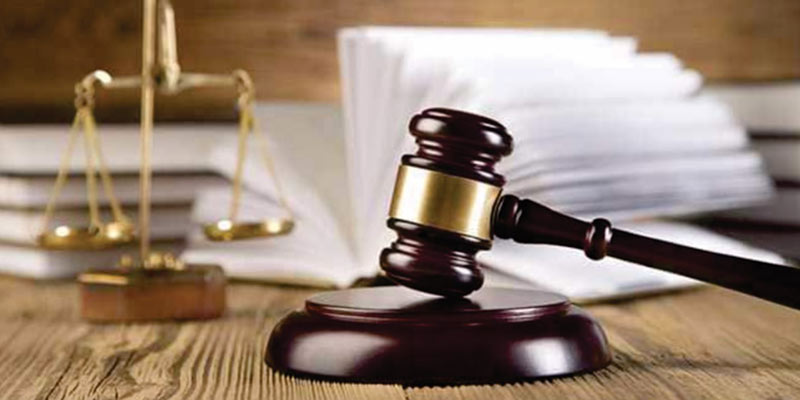- India
- Nov 14
Explainer - What is Lokayukta?
The Kerala Lokayukta rejected a plea alleging that the Chief Minister’s Distress Relief Fund (CMDRF) was misused by Chief Minister Pinarayi Vijayan and his cabinet colleagues during the tenure of the previous Left government.
The plea was dismissed by a three-member bench of Lokayukta Justice Cyriac Joseph and Upa-Lokayuktas Justices Babu Mathew P.Joseph and Harun-Ul-Rashid.
Each member of the bench, in separate verdicts, gave their own reasons for dismissing the plea.
Lokayukta Justice Cyriac Joseph said that though the decisions under challenge were arbitrary in nature, there was not sufficient material to conclude that they were taken only on account of political considerations.
What is Lokayukta?
• The institution of Lokayukta is conceived as an ombudsman type institution in Indian states.
• It is a concept that originated from the term ‘ombudsman’. It is a Swedish term meaning ‘representative of the people’. The Swedish parliamentary ombudsman was instituted in 1809 and served as “an ear to the people”. Ombudsman is an officer of the parliament to investigate the grievances of the public about administrative wrongs and excesses.
• Ombudsman in India is conferred with the functions of dealing with the grievances of the people arising out of mismanagement and for fighting against corruption at administrative and political levels.
• The First Administrative Reforms Commission (ARC) was set up in January 1966 to examine the public administration of the country and make recommendations for reform and reorganisation when necessary.
• The Commission was headed by Morarji Desai. When Morarji Desai became the deputy prime minister, K. Hunmanthaiya became its chairman.
• The Commission submitted 20 reports and it contained 537 major recommendations.
• One of the major recommendations was the establishment of an Ombudsman Institution at the central and state level for redressal of citizens grievances by investigating into administrative actions taken by or on behalf of the governments or certain public authorities. These were intended to serve as institutions independent of the government and to supplement the judicial institutions headed by chief justices or judges of the Supreme Court or High Courts.
• The recommendation was made to improve the standards of public administration, by looking into complaints against administrative actions, including cases of corruption, favouritism and official indiscipline in administrative machinery.
• Odisha was the first state to enact a law — Odisha Lokpal and Lokayuktas Act, 1970. However, the state implemented it only in 1983.
• In 1972, Maharashtra became the first state in India to establish Lokayukta.
• Since then, most states have passed Acts to establish Lokayukta to improve the standard of public administration through investigation against public functionaries.
• Lokpal and Lokayuktas Act, 2013 provides for the establishment of a body of Lokpal for the Union and and Lokayukta for states to inquire into allegations of corruption against certain public functionaries and for matters connected therewith or incidental thereto.
• The process of appointment of Lokayukta varies from one state to another.
• Usually, a Lokayukta is either a former judge of the Supreme Court or a former Chief Justice of a High Court.
• The governor of a state appoints Lokayukta/Upa Lokayuktas. The term of the Lokayukta is normally five years. In Uttar Pradesh, it is eight years.
• Once appointed, a Lokayukta cannot be dismissed nor transferred by the government. Lokayukta can be removed by only passing an impeachment motion by the state Assembly.
Manorama Yearbook app is now available on Google Play Store and iOS App Store

